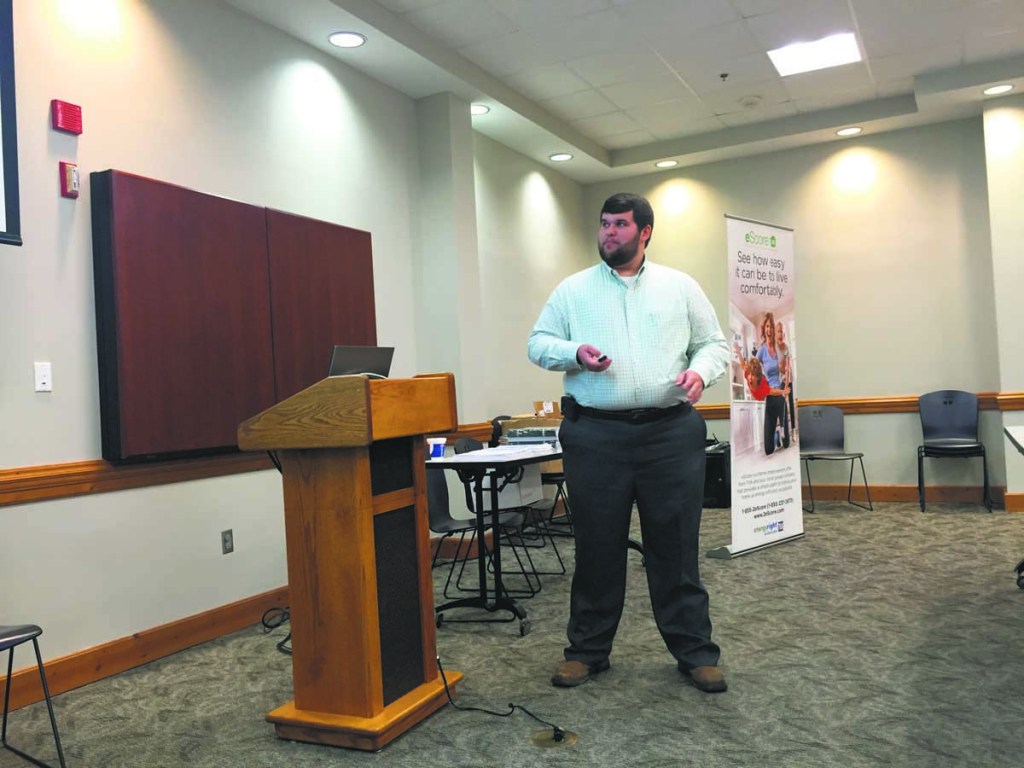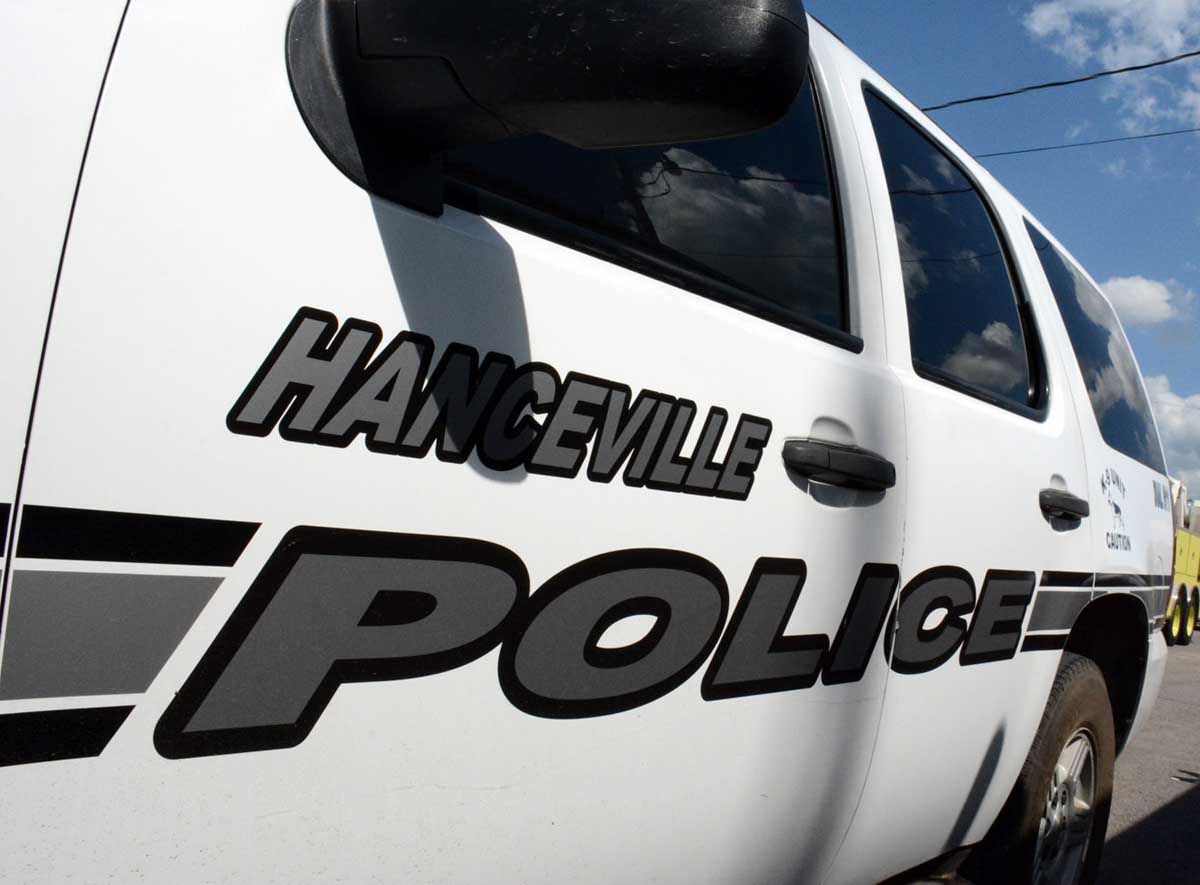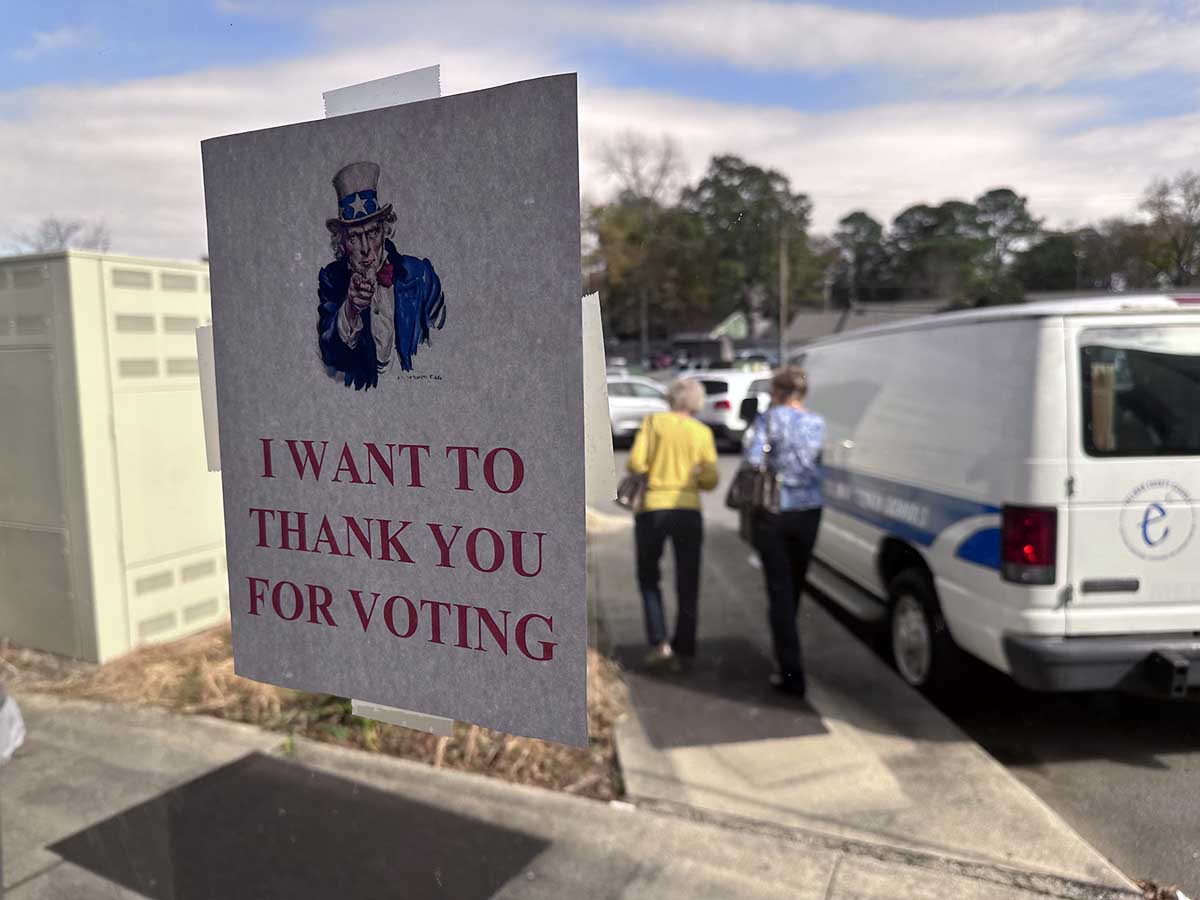Going solar: Co-op breaks down the options for local solar power
Published 1:00 pm Thursday, April 28, 2016

- Justin Lee, with the Cullman Electric Cooperative, discusses solar power at a recent seminar.
Solar power is more popular than ever in the United States — and though adoption in the south hasn’t been as fast as some other areas — Cullman County residents wanting to get in on the solar boom do have a few options.
Solar power grew by 6.2 gigawatts in 2014 nationwide, a 30 percent increase over the previous year representing more than $17 billion in new investment, according to data from the Solar Energy Industries Association and GTM Research.
Trending
In Cullman County, the Cullman Electric Cooperative offers a handful of programs through TVA for users wanting to add solar panels to their home or business. Or, locals can go it alone with a private solar system.
“There’s been a lot of growth in this industry and a lot of interest locally,” co-op spokesperson Brian Lacy said at a recent informational meeting on solar power. “But, there’s also a lot of information out there. You’ll see a lot on the internet, and see things in the news. Sometimes, it may not all be information that’s 100 percent pertinent to living in the TVA service area, or for members of the co-op.”
Co-op system engineer Justin Lee noted there are two major options for local residents: “Behind the meter” private installations, and TVA programs that allow users to “sell back” generated power to the utility.
The “behind the meter” systems can be installed by users at their own discretion, and are not tracked by the co-op. These system can also feature batteries to power a home or business off-the-grid, or be wired directly into the home system.
For any customers looking to add a “behind the meter” system, Lee requested they notify the co-op as a safety precaution, in case linesmen are in the area working, since solar power could be cycling through that system even when power is out. Any excess power from a “behind the meter” system is simply fed back into the grid, with no financial credit to the user.
“There are a few of those installed in the county, and those are private installations for members who want to purchase them and have them installed,” Lee said. “That’s your business to do that. We only ask you let us know for linesmen safety.”
Trending
TVA also offers programs such as Green Power, which run through the TVA and allow the utility to buy back power at retail cost (though that rate is subject to change year-to-year). This program basically sees solar panels installed on the home, and the power generated is sent back into the grid. The user is then credited on their bill for the amount of power generated.
“For example, say you use 30 kilowatts, and generated 20 kilowatts from your system, you’d only be billed for 10 kilowatts,” Lee explained.
The TVA Green Power program accounts for 90 percent of the solar systems in the co-op territory, and requires a 20 year TVA contract. But, these systems are not actually connected to the home, meaning you cannot power your own house from the solar panels (and, when power is out, the user would also be without power). These systems are sized specifically depending on your average electrical usage.
Though prices have gone down the past several years, Lee noted the cost of a typical solar power system could still be prohibitive for many. A typical system for a small home can cost approximately $30,000 or more, along with potential increases in insurance coverage and associated costs. But, Lee noted there is a 30 percent tax credit available until 2019, which can help offset some of the expense.
“There are just a lot of things you need to think about when looking at a major investment like this,” Lee said. “Get three quotes from vendors and know your options for what you’re putting in, and be sure you’re comfortable with the longterm investment. Think about if you’re staying at this home longterm, or if you plan to move. All those things are factors.”





